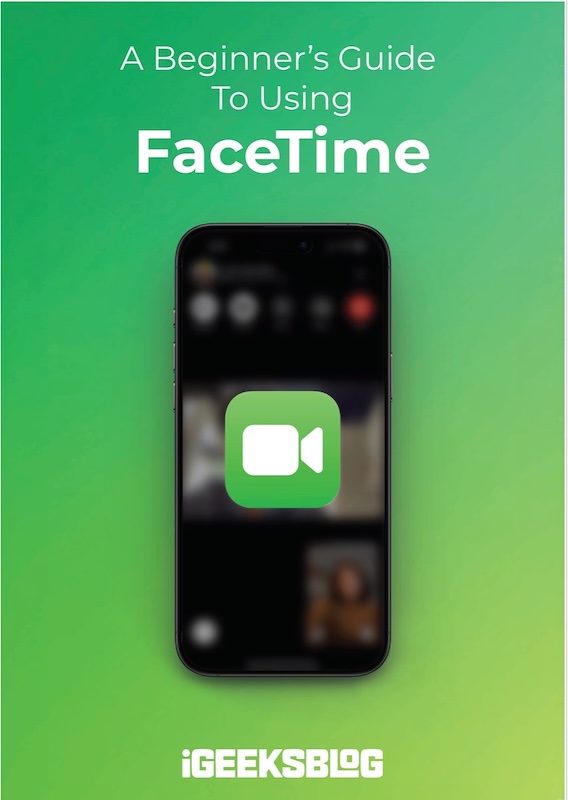
FaceTime Like a Pro
Get our exclusive Ultimate FaceTime Guide 📚 — absolutely FREE when you sign up for our newsletter below.

FaceTime Like a Pro
Get our exclusive Ultimate FaceTime Guide 📚 — absolutely FREE when you sign up for our newsletter below.
iOS 26 revamps Phone App with Liquid Glass, AI call screening, Hold Assist, SharePlay, clearer calls and more.
The humble Phone app that almost never gets any new features, finally got the complete redesign it deserves in iOS 26. And from a usage perspective, we really like everything about the new Liquid Glass design style, the useful AI features that handle spam calls, etc. In the article, we will dive into all the features Apple introduced in iOS 26, so you can take advantage of all of these new features.
The first thing you’ll notice is the new unified layout. Apple has merged the Recents, Favorites, and Voicemail tabs into one single screen called Calls. It’s cleaner, more organized, and fits right in with the new Liquid Glass aesthetic that gives iOS 26 its translucent, glossy finish. Your favorite contacts appear at the top, followed by your recent calls, voicemails, and missed numbers, all in one scrollable view.
The bottom navigation bar is simplified too, now showing only Calls, Contacts, Keypad, and Search. A small three-line icon at the top-right corner replaces extra tabs, giving you quick access to voicemail and other settings.
If you’re not a fan of change, Apple’s got you covered. You can switch back to the old tabbed interface any time by tapping the menu icon and selecting Classic view. The Phone app will immediately revert to the familiar iOS 18-style layout, and yes, you can switch back again whenever you want.
You can now pin your most important contacts at the top of the unified Calls tab. Simply tap Edit > Edit Favorites, then add numbers, FaceTime contacts, or even message shortcuts. There’s no strict limit on how many you can pin, though more than six will be hidden behind a Show All button.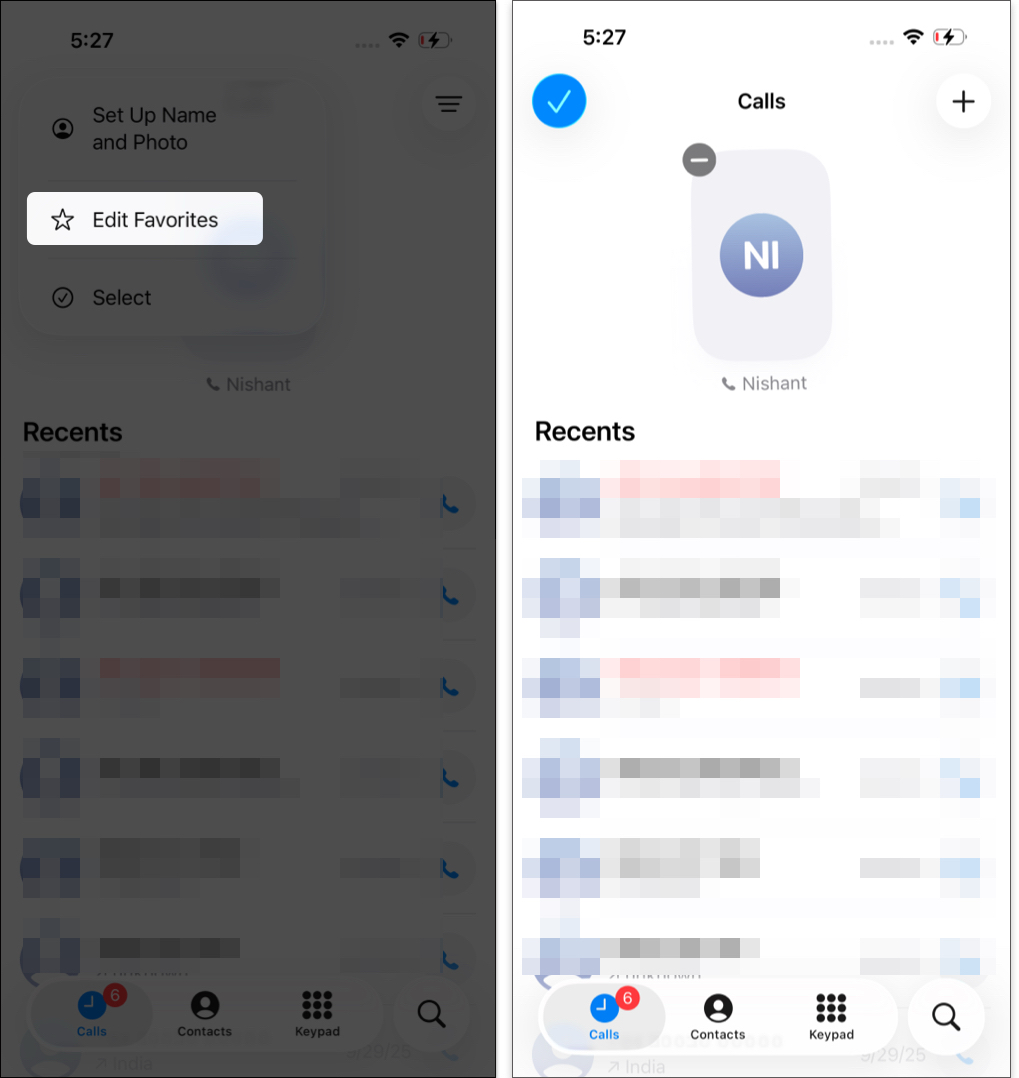
One of the most practical additions is Call Screening. When you get a call from an unknown number, your iPhone can now pick it up for you, ask who’s calling, and display their response live on your screen. You can then decide whether to answer or ignore it; no more awkward spam calls break your focus.
It’s available in multiple languages and regions, including English (US, UK, India, Australia), French, German, Spanish, Japanese, Mandarin, and more. You can enable the feature from Settings > Apps > Phone and set Screen Unknown Callers to Ask Reason for Calling or directly to Silence.
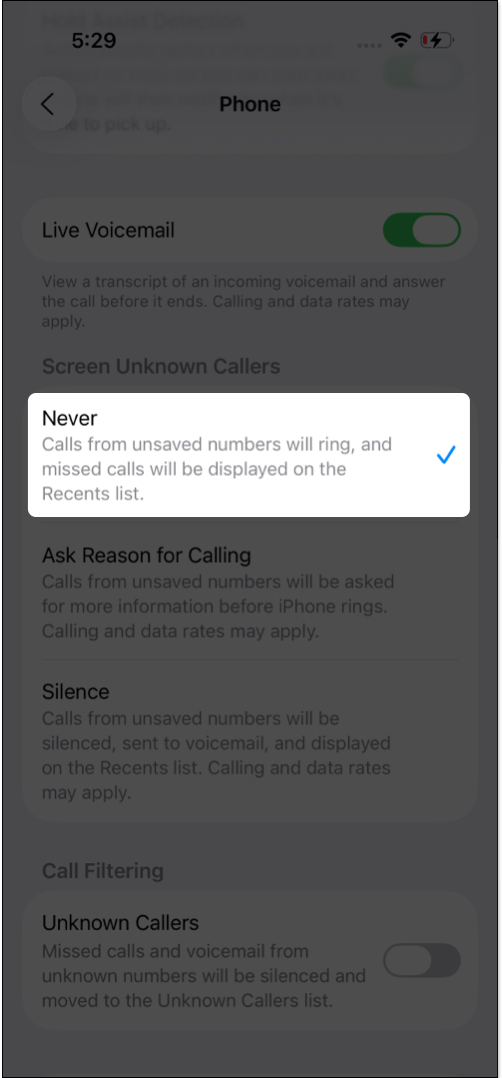
We’ve all been there, stuck on hold with customer support for what feels like forever. Hold Assist finally fixes that. When a call puts you on hold, your iPhone will stay on the line for you and alert you the moment a human picks up. You can keep scrolling, working, or relaxing while your iPhone listens for your turn.
This feature is rolling out in several regions, including the US, UK, Canada, India, Germany, and Japan. It’s enabled by default, and you can change it in the Settings app > Apps > Phone and enable Hold Assist Detection.
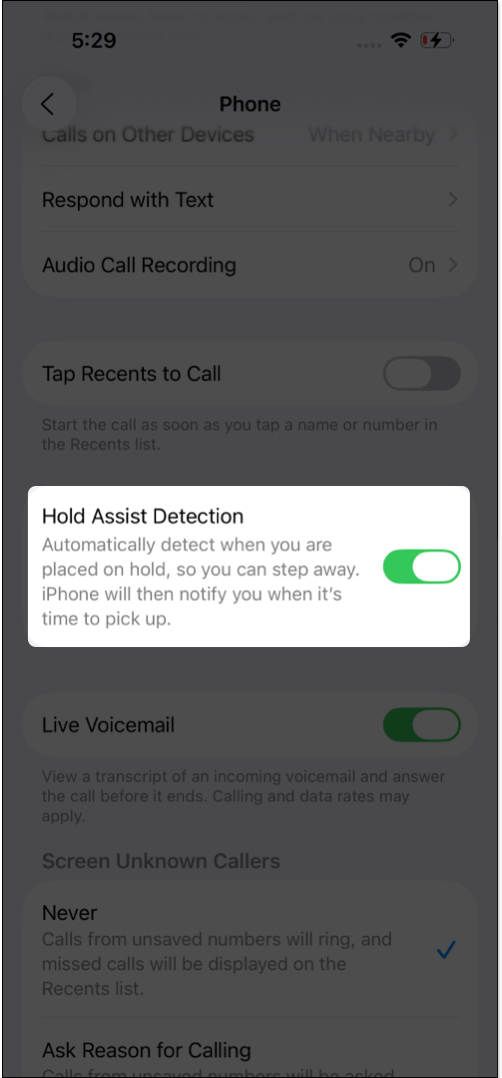
With Apple Intelligence in iOS 26, the Phone app is getting smarter. Live Translation lets you talk to people who speak different languages, translating your voice and theirs in real time. It’s powered by on-device AI for privacy and works across calls and FaceTime.
Meanwhile, your voicemails now come with short AI-generated summaries, giving you a quick idea of what the message is about without having to play it.
If you’d rather not even see unknown numbers, iOS 26 lets you filter them out automatically. Turn on Call Filtering in Settings > Apps > Phone, and your iPhone will quietly move unknown numbers into a separate Unknown Callers list under the More menu in the Phone app.
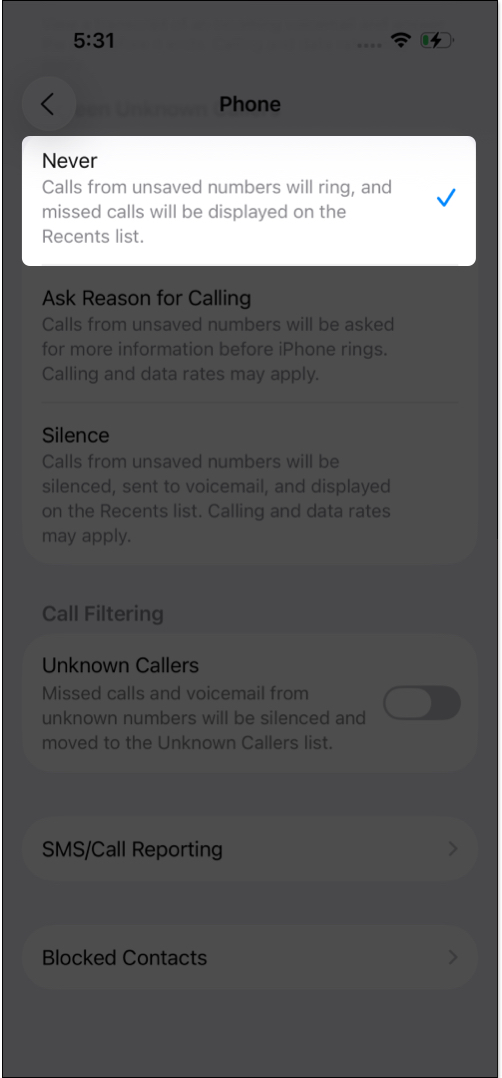
Apple has extended SharePlay to regular phone calls, letting you do much more than just talk. While chatting, you can now share your screen to guide someone through settings, listen to music together via Apple Music, or even watch movies in sync through supported streaming apps, all without switching to FaceTime.
It uses the same smooth SharePlay interface you’ve seen before, and everything stays synced in real time. The feature works on both Wi-Fi and cellular, and participants can control playback individually while remaining connected on the call.
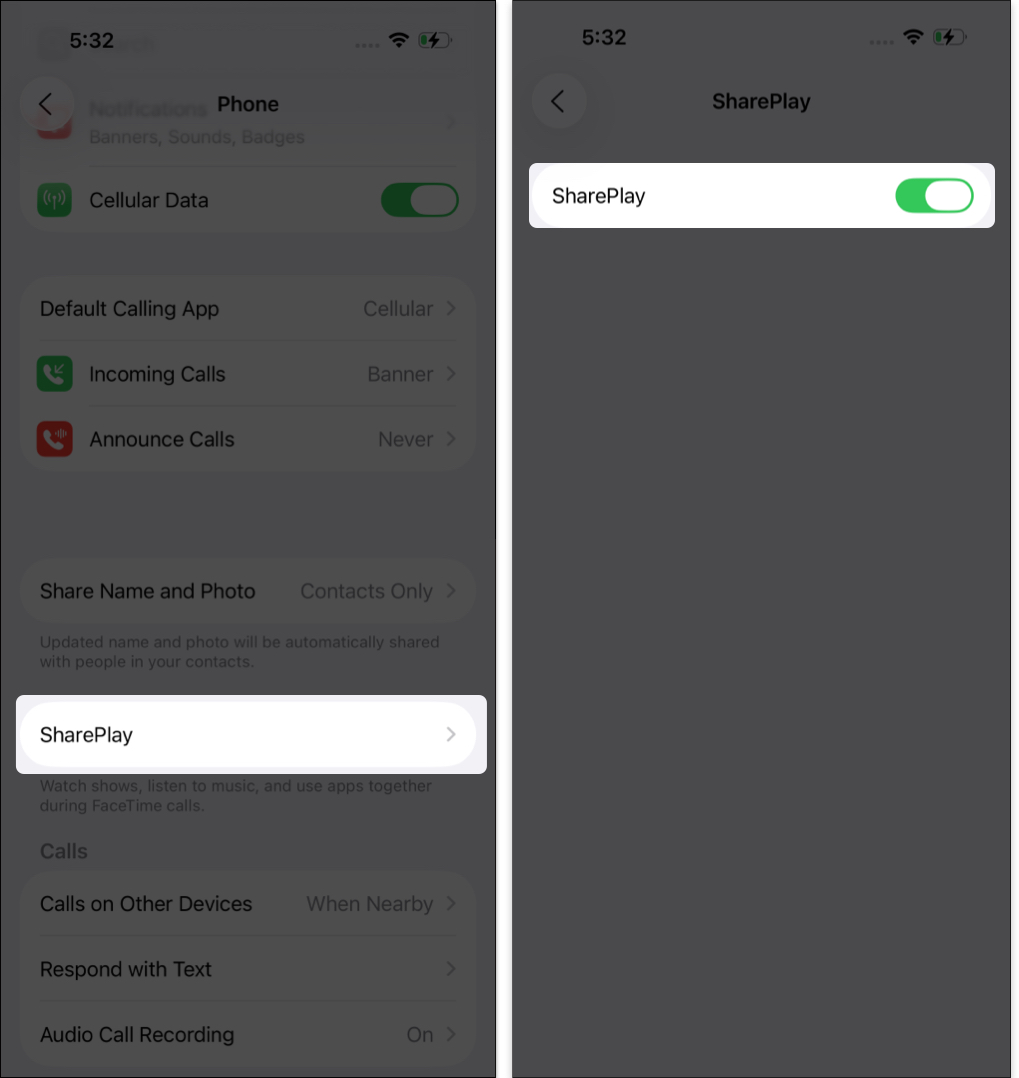
The new Monogram styles make it easy to personalize your Contact Poster without overcomplicating things. You can pick from a few clean designs, change colors or fonts, and preview your changes before saving. Edits sync through iCloud, so your chosen look appears on all your Apple devices and when you call others. It’s a small touch that makes calls feel more personal while keeping the interface simple and elegant.

Voice clarity gets a real upgrade in iOS 26 thanks to high-quality cellular calling. Apple has optimized how your iPhone handles audio over both 4G and 5G networks, using enhanced codecs and better noise isolation. This means crisper, more natural voices and fewer distortions, even when the signal isn’t perfect. The improvement is especially noticeable on older or narrowband connections, giving them near-HD quality.
It’s supported on iPhone 16e and later, and users will notice clearer calls in busy areas, during weak network coverage, or when switching between Wi-Fi and cellular.
Apple has also added seven new ringtones, including Little Bird, alongside alternate versions of the popular Reflections tone. You’ll find them under Settings > Sounds & Haptics.
I have always been divided between Pixels and iPhones. With iOS 26, Apple finally gave most of the features, especially in the phone app, that made Pixel phones exciting to me. Most spam cannot reach me; my iPhone stays on hold for me, and I can contact anyone who does not speak the language I know. These are features that actually make sense to have when you need them.
Read More: